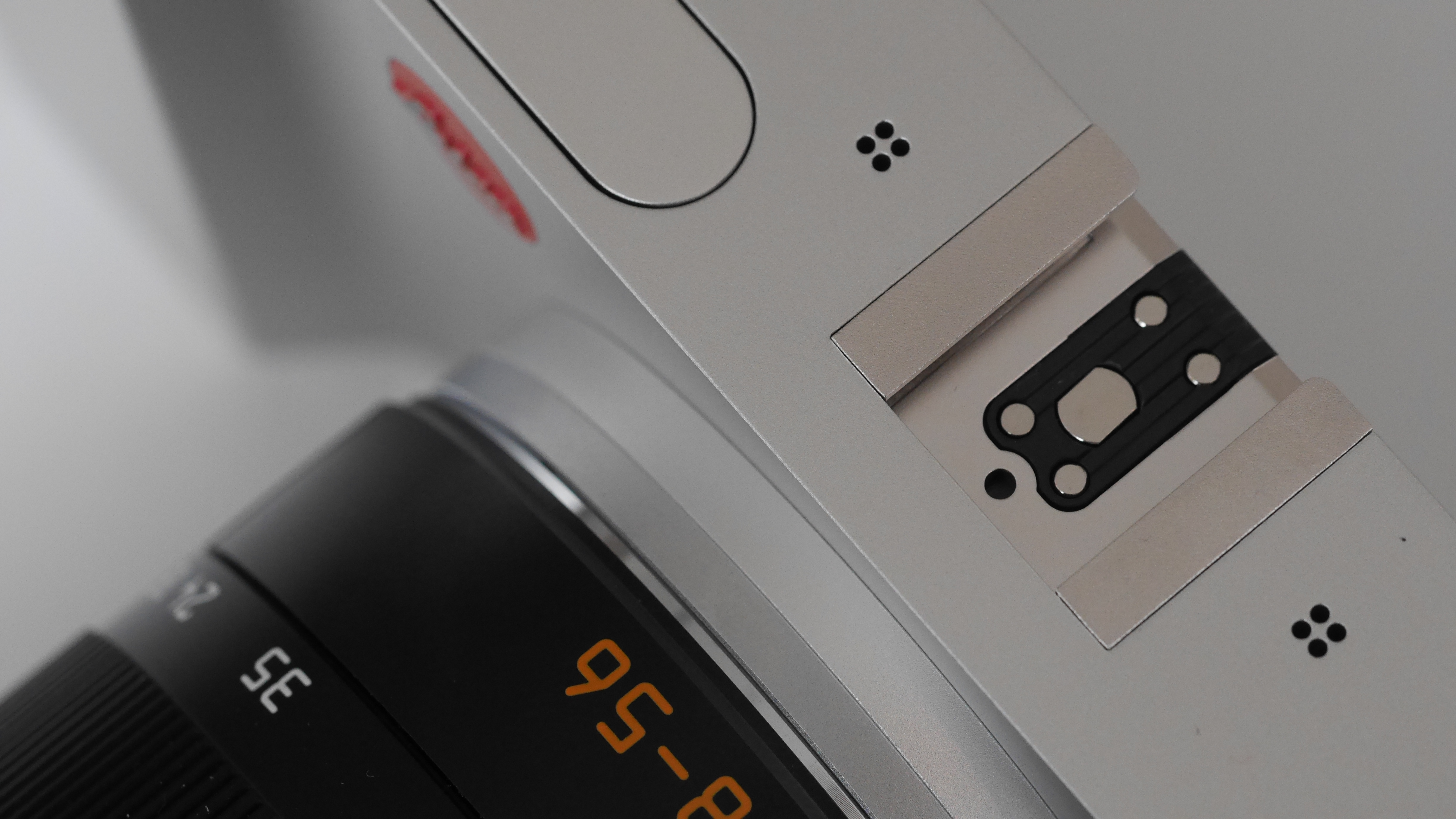Why you can trust TechRadar
Leica cameras have a reputation for being of the highest quality, which is partly the reason for the high price. I therefore had big hopes for the Leica T.
Unfortunately, those hopes haven't been quite met. Image quality is good, but certainly not outstanding, and basically matching, or competing with, much cheaper compact system cameras which are available on the market much more readily, and with more expansive overall systems.
Most of the time, colours are rendered pretty well, but there are occasions when the JPEG version of the image produces overly cyan skies. This seems to be when the camera is trying to recapture some detail if the shot is slightly underexposed. If you're OK to work with raw format files, this shouldn't be a problem, but it's a little bit disappointing to see from such an expensive camera.

You can alter colour output directly from the camera by altering the 'film mode'. The 'standard' mode is good for most everyday subjects, but you also have the option to choose from presets such as Vivid, Natural, B&W (Natural) and B&W (High Contrast). Within each of these presets, you can adjust settings, so you can adjust contrast, sharpness and saturation for instance in Vivid mode. It's worth experimenting with this different film modes, especially as you can shoot them in raw format, so you will have a clean version of the image should you need it down the line.
The T's metering system does a decent job of producing accurate exposures, but it has a slight tendency to underexpose, meaning you'll need to dial in some positive exposure compensation in some circumstances.
Automatic white balance does an excellent job of reproducing accurate colours, even when the camera is faced with an artificial lighting source.
At low sensitivity settings, such as ISO 100, detail is rendered very well, with little to no image smoothing present, even when viewing at 100%. Moving up the sensitivity scale, detail starts to become lost from around ISO 1600, although an overall impression of good detail is still retained when viewing an image at normal printing or web sizes. At ISO 3200, loss of detail is evident even at normal sharing or printing sizes (such as A4), but it's better than not being able to get the shot at all.
Sign up for breaking news, reviews, opinion, top tech deals, and more.
This brings us to noise. Noise starts to creep into images from around ISO 800, although again, at normal printing and viewing sizes, it's hard to spot. At high sensitivities, such as ISO 3200, noise is a lot more visible. JPEG images have a fair amount of noise reduction applied, and as such, have an overall impression of smoothness. If we compare the corresponding raw format (DNG) image with the JPEG, we can see there's a lot more chroma noise appearing, but you do have the benefit of additional detail being resolved – so if you want to use your own software to apply noise reduction, there is some flexibility here.

Autofocusing speeds, and general operational speeds, are certainly not the fastest on the market. In good light, the T will generally lock onto the subject with relative ease, but as soon as the light level drops, it struggles a little more. Comparing it with the likes of the Sony A6000 or Fuji X-T1, it's certainly slower than those. Similarly, shot to shot time leaves something to be desired, as it can be a few seconds before the camera is ready to shoot again – something which can quickly get frustrating.
The standard kit lens (the 18-56mm f/3.5-5.6) is a decent all-round performer. It produces sharp images, but it seems likely that many users will be interested in the other lenses which Leica is going to produce for this system – particularly prime lenses with a wide aperture, of which there is just one available at the moment. Whether early adopters will want to take the plunge while so few optics are available will be interesting to see.
Current page: Performance
Prev Page Build quality and handling Next Page Image quality and resolution
Amy has been writing about cameras, photography and associated tech since 2009. Amy was once part of the photography testing team for Future Publishing working across TechRadar, Digital Camera, PhotoPlus, N Photo and Photography Week. For her photography, she has won awards and has been exhibited. She often partakes in unusual projects - including one intense year where she used a different camera every single day. Amy is currently the Features Editor at Amateur Photographer magazine, and in her increasingly little spare time works across a number of high-profile publications including Wired, Stuff, Digital Camera World, Expert Reviews, and just a little off-tangent, PetsRadar.